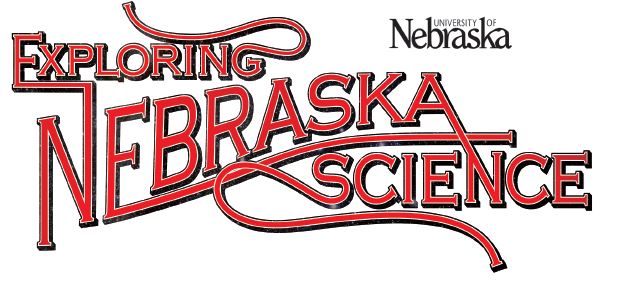
By Jesse Starita, Education and Outreach Specialist, Daugherty Water for Food Institute
Flight simulators, disappearing ink, build your own aquifers and a mouse gut microbe immunizer were just a taste of Exploring Nebraska Science, a showcase of University of Nebraska research for the USA Science & Engineering Festival during the last weekend in April in a Washington, D.C., coated by cherry blossoms.
The two-day event, inside the colossal Walter Washington Convention Center —the size of five Pinnacle Bank Arenas, in terms of square footage — was part science fair, part rock concert.
Simultaneous to the hundreds of exhibits were book signings, live broadcasts and talks by science celebs like Bill Nye, Mike Rowe, Danica McKellar and Michio Kaku. And, less the smoothie and pretzel stands, the vast crowds were entertained and informed for an unbeatable price: free.
The University's exhibits, located in the Astronomy and Space Exploration Pavilion, dealt mostly with terra firma, or in our case, the water below it. Increasingly, aquifers are one of our most underexplored yet life-sustaining biosystems. My colleague, Dr. Mindi Searls, and I, wanted to shed light on aquifers by letting children (and more than a few interested parents) build their own.
So in the weeks before the festival, we rounded up simple, everyday items to construct, saturate, pump, maintain and deplete our model aquifers. These included soap bottle dispensers, modeling clay, Monopoly homes, gravel, felt, Gatorade bottles, miniature dinosaurs, rubber bands and Tupperware. We also used activated carbon, to demonstrate contaminate remediation; and metamorphic and sandstone rocks, to exhibit permeability.
At the convention center, kiddos filled their hand-scooped lakes and rivers with rain water, simulated by plastic bottles with holes drilled in their caps. Some just wanted to dig, but many others sank wells, pumped groundwater, irrigated corn and unearthed dinosaurs. Turns out, build your own aquifers are easy to make, fun for both teacher and learner, and vividly illustrate concepts like hydrostratigraphy, natural resources management, groundwater-surface water interconnectedness and, in the case of many submerged villages, the value of flood insurance.
But most rewarding was the enjoyment written on the faces of the estimated 4,200 visitors to Exploring Nebraska Science. It was a valuable experience for families to see different cogs of the university – chemistry, sociology, earth & atmospheric sciences, agronomy & horticulture, food science, extension, 4H, the University Museum and the Daugherty Water for Food Institute – all working together to share their passions to the scientists of the future.